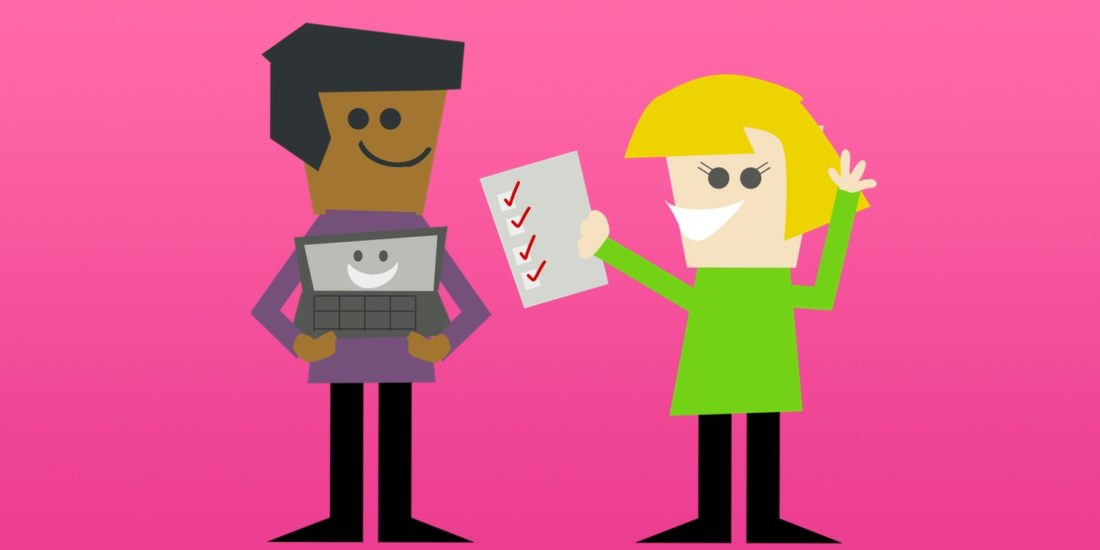Image Credit: Internet Reputation
In my last blog I discussed the first phase of the review process: the editor-in-chief plagiarism and scope check. Unfortunately, 70% or more papers are rejected at this level because they either contain plagiarism, or because they are out of scope, or, even worse, both. This should not happen as you all know what constitutes plagiarism and the scope of an issue is explained on the website.
If you have moved on in the process, through to the editor, what happens next?
Editor role
Once your paper reaches the individual editor for an issue, the paper is then with the editor and the process rather than being with me. I no longer check the paper until the very end, should it be deemed ready for publication.
The editor has the responsibility to provide the next level of review for any submitted paper. S/he knows that the paper has been through the plagiarism check and that the paper is basically within scope. However, the paper is now thoroughly checked for the following: clear reference throughout to issues within the issue scope; excellent use of academic language, including grammar and spelling; a strong literature review where the literature is critiqued rather than described; a solid explanation of methodology and ethical considerations; correct formatting; and correct use of APA referencing. Unless these areas are strong, the editor may choose to reject your article rather than send it to reviewers. The editor will let you know whether your paper is going to review or not.
Moving to review

Removing identifiers is important as the form of review conducted by the journal is 'double blind review'. This means that the reviewer does not know the author(s) of the paper and the author(s) do not know who the reviewers are as their reports are also anonymised in the same way. There are arguments both for and against this form of review but its purpose is to remove bias and is the most widely accepted form of review in education.
Why did my paper go to three reviewers?
Sometimes you will find that your paper had more than two reviewers. It is our practice to send a paper to a third reviewer when there is a wide discrepancy in the two initial reviews. This does not happen very often, but on the occasions that it does, a third reviewer can provide another viewpoint and make it clearer for the editor which decision to make. Ultimately, the editor makes final decisions on acceptance after considering the reviews' recommendations.
Next time
In the next blog I will write about what the reviewers are asked to look for in papers and share the first few sections of the review form. The other sections will be discussed on the blog after that as it is a comprehensive form.
All stay well and we continue to look forward to your papers,
Yvonne
Dr Yvonne Masters
Editor-in-Chief
IAFOR Journal of Education

